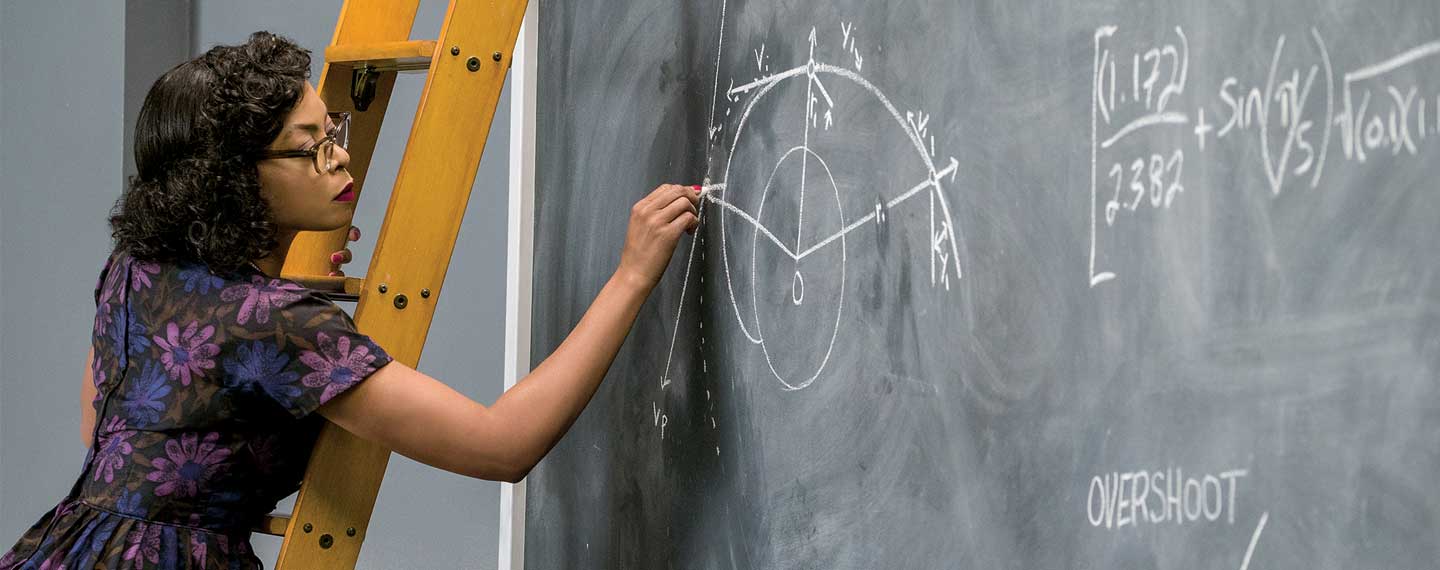You may have heard of Neil Armstrong and Buzz Aldrin. In 1969, these men became the first astronauts to walk on the moon. But you probably haven’t heard of the woman who made sure they got there: Katherine Johnson.
Johnson is a mathematician. She planned the trajectory, or curved path, that NASA’s Apollo 11 spacecraft took from Earth to the moon. Her work was critical to the mission’s success.
You may have heard of Neil Armstrong and Buzz Aldrin. These men became the first astronauts to walk on the moon in 1969. But you probably haven’t heard of the woman who made sure they got there. Her name is Katherine Johnson.
Johnson is a mathematician. She planned the trajectory of NASA’s Apollo 11 spacecraft. It followed this curved path from Earth to the moon. Johnson’s work was critical to the mission’s success.

